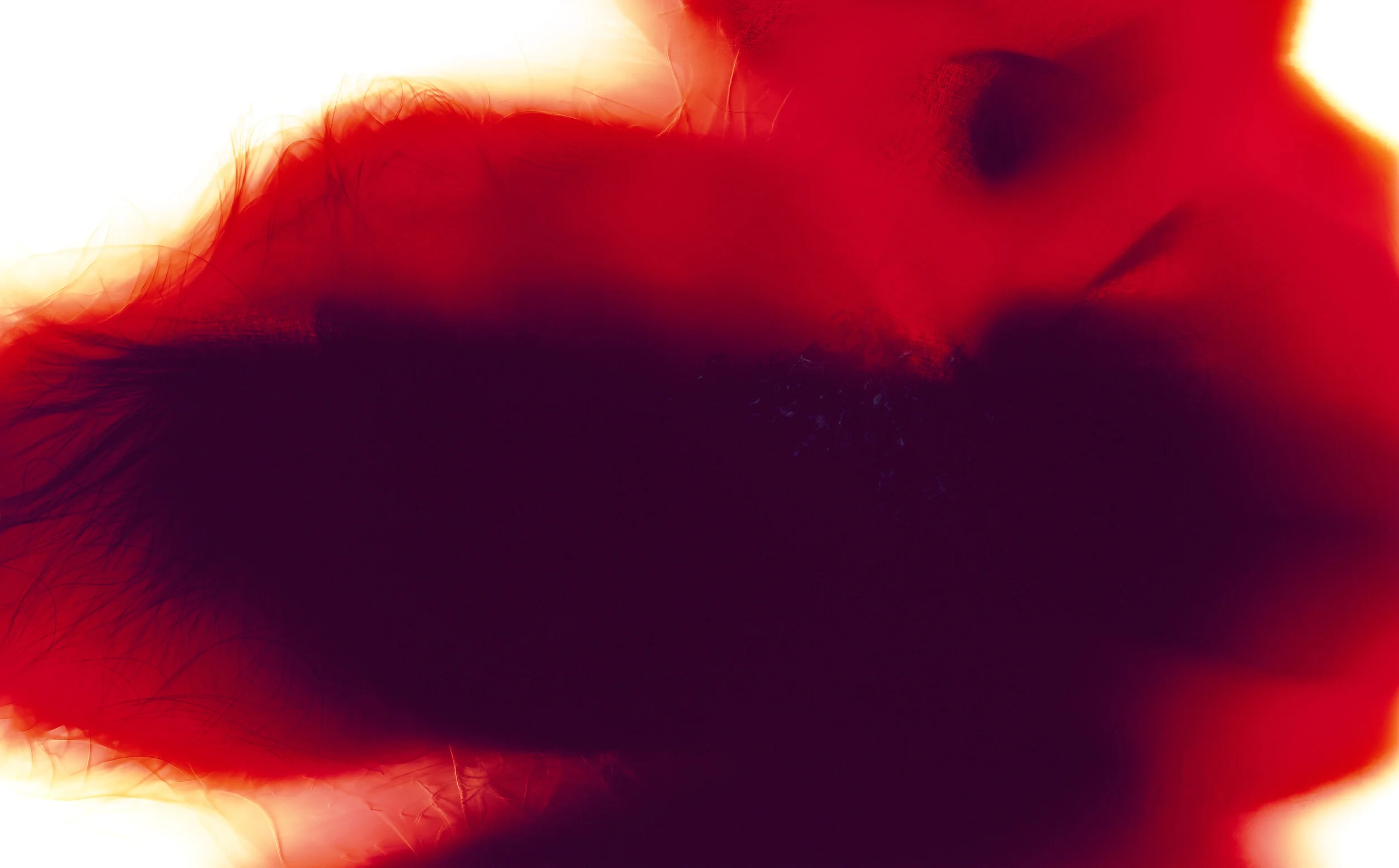
(SHE) HER/SELF
The body is a signifier of Self. The body as (She). Her body as evidence of the fundamental right to Herself.
Historically, women's bodies have been a frequent subject of male artists' works. Most of these historic images ignore the agency of the women portrayed. Women's bodies serve as the object of the male gaze. As women reclaim their agency and turn away from the ways of objectification, female-identified artists are creating groundbreaking work that further shifts this paradigm to reflect women's views, concerns, and Selves.
With self-portraits as the primary vehicle for Amy Jorgensen’s Body Archive and Inanna by Randi Ganulin, the artist's performative acts of creation refer to the primary source of Self and the power of embodiment.
Body Archive is a long-term project documenting the extraordinary and banal experiences of the artist's life. The work references the practices and aesthetics of medical and forensic photography, and associated assumptions of the photograph as a document of the moment, or representation of truth – what Walter Benjamin describes as evidence of an occurrence. As a culture, we are spellbound by the potential implications found in DNA strands, and microscopic fibers. Amy Jorgensen explores the body as a site of experience and author of information. She places photographic emulsion, sans camera, on the surface of her body to record her actions. The resulting documentary photographs are the striking visual residue of her experience: traces of body fluid, clothing, skin, and the fine edges of body hair. A disjointed self-portrait where the instantaneous opening and closing of the camera's shutter is replaced by a performance turned into visual testimony.
-Amy Jorgensen
I use a self-portrait as the basis for each image, exploring different aspects of my invisible Self– my personal history, fears, beliefs, and ideals. The method of layering photographs with drawing is a metaphor representing my best efforts at synthesis, the drawings acting like graffiti on a wall, altering and extending their photographic foundations. Quirky and imperfect, their intricacy invites a closer look, creating an opening through which the viewer can make their own connections with the work via their individual life experience.
-Randi Ganulin
Randi Ganulin, Palm , inkjet, 31x23 $600
Randi Ganulin, Haven, inkjet, 29x35 $650
Randi Ganulin, Nuclear Landscape , inkjet, 35x50 $800
Randi Ganulin, Runoff, inkjet, 29x24 $500
Randi Ganulin, Offspring , inkjet, 29x35 $500
Randi Ganulin, Debris Flow, inkjet, 22x17 $350
Randi Ganulin, Gale Force, inkjet, 35x25 $650
Randi Ganulin, Constellation: An Origin Myth , inkjet, 24x34 $750
Randi Ganulin, Bridg , inkjet, 16x16 $300
Randi Ganulin, Tower, inkjet, 16x16 $300
Randi Ganlin, Threading/v2, inkjet print with graphite, 17x22 $400
Amy Jorgensen, Body Archive 02.19.13, archival pigment print on canvas, 36 x 58 $1800
Amy Jorgensen, Body Archive 02.24.13, archival pigment print on canvas, 36x58 $1800
Amy Jorgensen Body Archive 04.13.17, archival pigment print, 8x10 $400
Amy Jorgensen, Body Archive 05.14.17, archival pigment print, 8x10 $400
Amy Jorgensen, Body Archive 07.30.17, archival pigment print, 8x10 $400
Amy Jorgensen, Body Archive 08.16.17, archival pigment print, 8x10 $400
Amy Jorgensen, Body Archive 09.18.17, archival pigment print, 8x10 $400
Amy Jorgensen, Body Archive 10.07.17, archival pigment print, 8x10 $400
Amy Jorgensen, Body Archive 10.30.17, archival pigment print, 8x10 $400
Amy Jorgensen, Body Archive 11.09.17, archival pigment print, 8x10 $400
Amy Jorgensen, Body Archive 01.07.13, archival print on canvas, 36x58 $1800
Amy Jorgensen, Body Archive 12.13.17, archival pigement print, 8x10 $400
Amy Jorgensen, Body Archive 7.28.17, archival pigment print, 8x10 $400
























